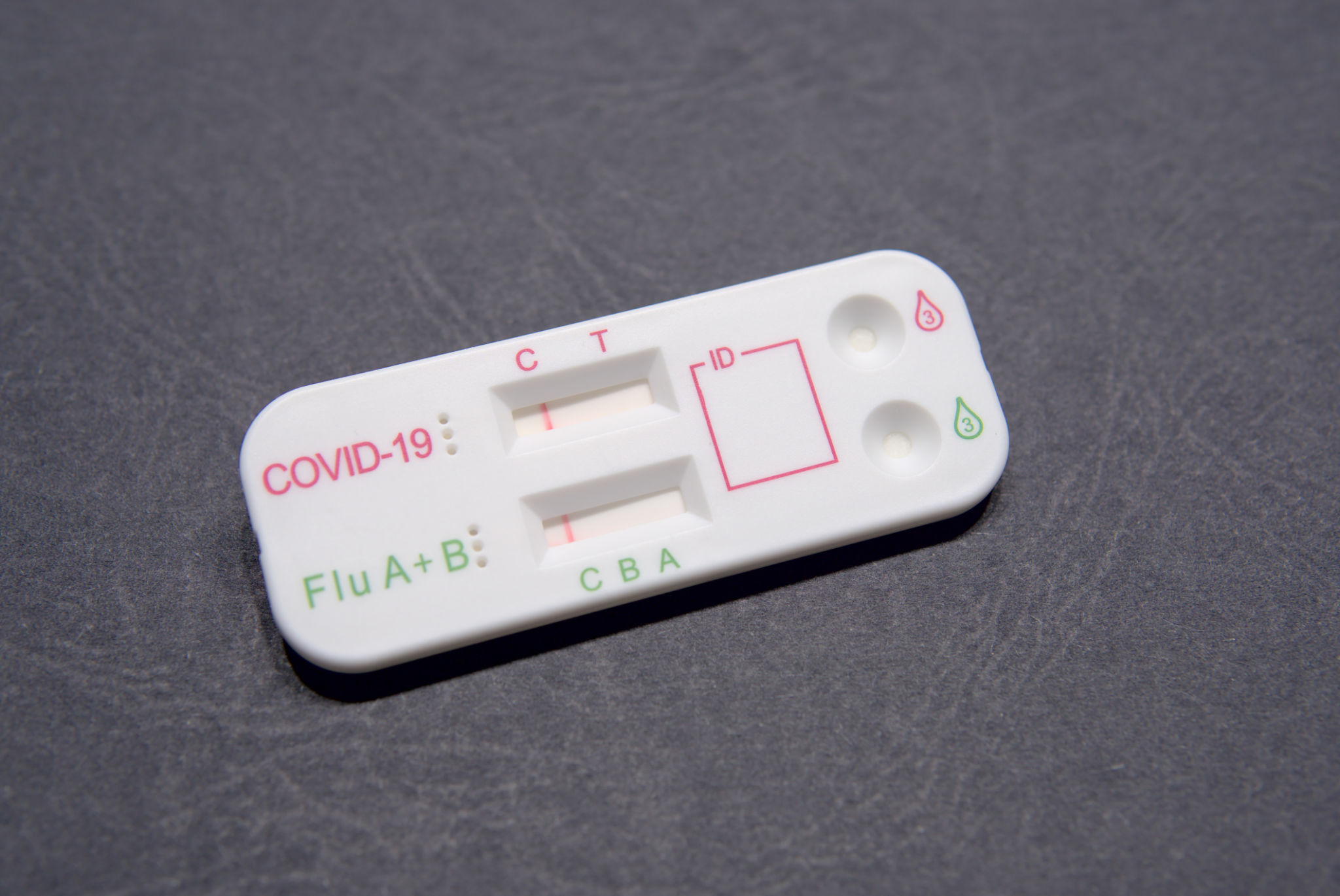Seasonal Guide: Preparing for Flu Season with COVID-19 Testing
Understanding the Dual Threat: Flu Season and COVID-19
As we approach flu season, the ongoing presence of COVID-19 adds another layer of complexity to our health precautions. Both illnesses share similar symptoms, making it challenging to differentiate between them without proper testing. This season, it's crucial to stay informed and take proactive measures to protect yourself and your loved ones.
Flu season typically peaks between December and February, but cases can begin as early as October and last until May. COVID-19 continues to circulate year-round, necessitating vigilance. Understanding the signs and symptoms of both illnesses can help reduce the impact on your health and community.

The Importance of Vaccination
Vaccination remains one of the most effective ways to prevent severe illness from both influenza and COVID-19. The flu vaccine is updated annually to combat the most common strains, while COVID-19 vaccines and boosters are adjusted as new variants emerge. Staying up-to-date with these vaccines is critical.
Consider getting vaccinated for both flu and COVID-19 to maximize protection. Many healthcare providers offer both vaccines during a single visit, making it convenient to stay on top of your health regimen. Consult with your healthcare provider to determine the best timing for your vaccinations.
Implementing Preventative Measures
In addition to vaccination, there are several other measures you can take to minimize your risk of contracting or spreading these viruses. Simple practices such as regular handwashing, wearing masks in crowded settings, and maintaining social distance can significantly reduce transmission rates.

It's also wise to keep your home stocked with essentials like hand sanitizer, disinfectants, and over-the-counter medications. This ensures you're prepared should you or a family member fall ill.
Recognizing Symptoms and Seeking Testing
Recognizing the symptoms of flu and COVID-19 is essential for timely intervention. Common symptoms of both include fever, cough, body aches, and fatigue. However, COVID-19 may also present with a loss of taste or smell and shortness of breath.
If you experience symptoms, seek testing promptly. Many communities offer free or low-cost testing options for both flu and COVID-19. Early detection not only aids in your recovery but also helps prevent the spread to others.

Managing Health at Home
If you or a family member contracts the flu or COVID-19, managing symptoms at home is often necessary. Rest, hydration, and over-the-counter medications can alleviate discomfort. However, if symptoms worsen or do not improve, seek medical attention immediately.
Keep in touch with healthcare providers via telehealth services if in-person visits are not possible. They can offer guidance on treatment options and when to seek emergency care.
Staying Informed and Prepared
Staying informed about the latest health guidelines and updates on flu and COVID-19 is crucial. Reliable resources include the Centers for Disease Control and Prevention (CDC) and the World Health Organization (WHO). Regularly check these sources for any changes in vaccination recommendations or public health advisories.
By preparing for flu season with COVID-19 testing and other preventative measures, we can collectively reduce the impact of these viruses on our communities. Stay vigilant, stay informed, and prioritize your health this season.